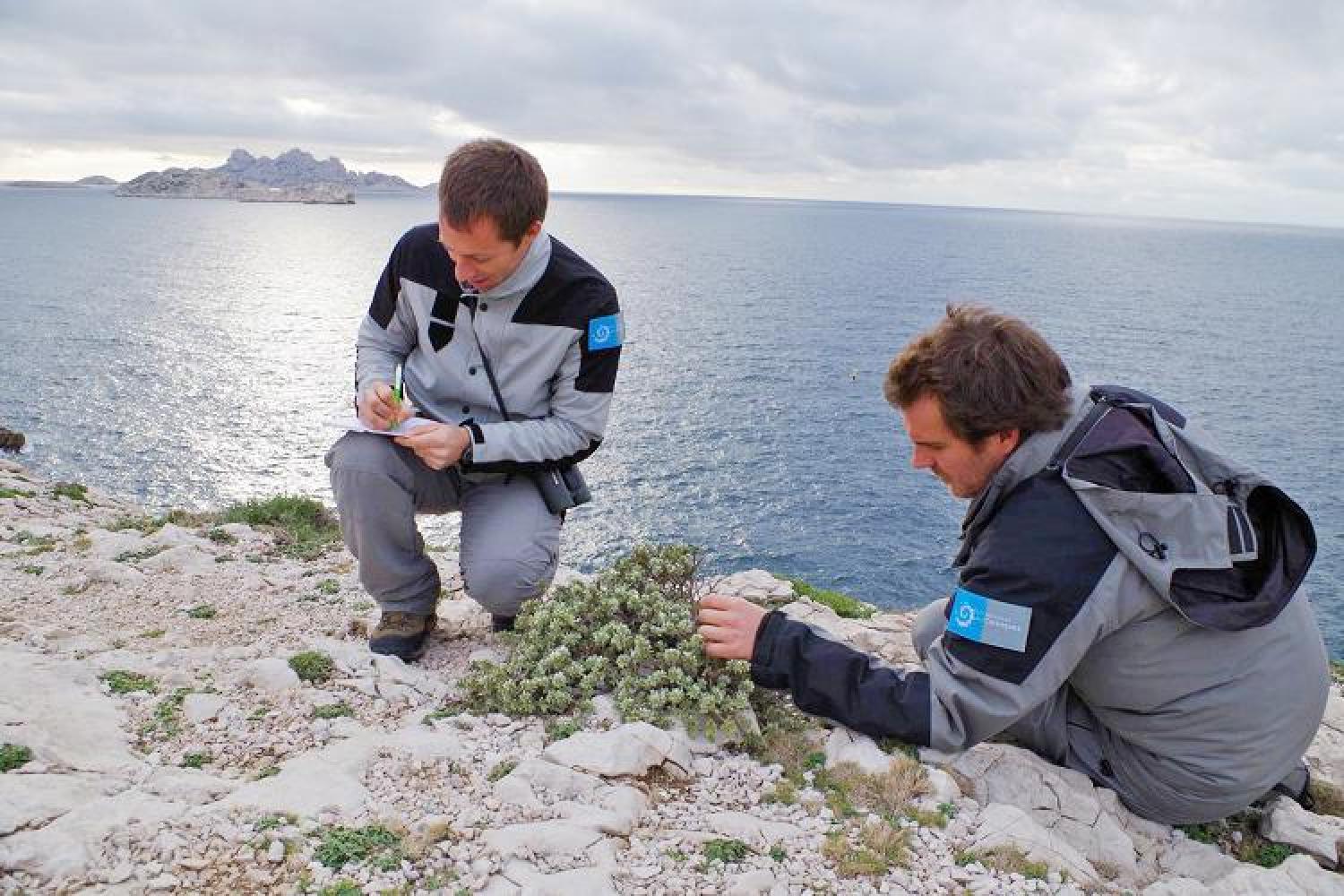"Wild bee communities in Mediterranean protected habitats: diversity, interactions and co-occurrence with honeybees"
Context and objective
Of all polllinating insects, bees are the most efficient. They can forage and pollinate 87% of wild species and 75% of cultivated plants. Although the honeybee is traditionally used for mass pollination of a crop, wild pollinators play a central role in pollinisation, contributing more to fruit production than honeybees.
The causes of the decline in bees (9.2% of wild bee species are at risk and 25% of honeybee colonies were lost between 1985 and 2005) are many: changes in land use, with a loss of available floral resources, pollution (insecticides and pesticides), the introduction of pathogenes, and climate change. Due to the recent enthusiasm for bee keeping, the massive installation of hives in urban, agricultural and natural areas raises questions about how to reconcile beekeeping practices with the protection of wild bees, especially in a protected natural area, due to the potential competition for floral resources.
The objectives of the thesis are (i) to draw up an inventory of the pollinating fauna present in the Calanques National Park, (ii) to determine the landscape factors that influence abundance and richness, (iii) to characterise competition between domestic and wild bees, (iv) to evaluate the quantity of floral resources available in the National Park territory.
Main findings
- (i) A huge collection and identification effort (2770 specimens) made it possible to determine 250 species of pollinators, including 7 on the European red list, with the first detection in France of Nomada rubricoxa and a new species for France of the hoverfly genus Pelecocera. The study of the plant-pollinator network showed that 133 species of pollinators interacted with 62 species of plants and that the Cistaceae, which are highly nectariferous, were central species in this network.
- (ii) The richness of wild bees is imporant at the city-garrigue interface, but the homogenisation of the landscape by the garrigue leads to a decline in the number of large wild bees (size > 12 mm) as does the increase in the density of hives.
- (iii) Competition is most intense at the beginning of the season (March-June) with a strong impact during the transhumance of hives. This competition is manifested by a decrease in the number of visits to flowers (pink rock-rose and rosemary) by large wild bees in the presence of honeybees and a change in the diet of bumblebees and small wild bees (< 12 mm) to other flowers. This can lead to a destabilisation of the interaction network.
- (iv) Sugar and pollen production was estimated for 3 main floral resources which are spread over time: rosemary (March-April), thyme (April-May), pink rock-rose (May-June) which wins on all scores.
These results must be taken into account by the National Park and communicated during 2021 to the various stakeholders in the area, in particular landowners and beekeepers, in order to establish a management model that reconciles beekeeping and the preservation of wild bees.





